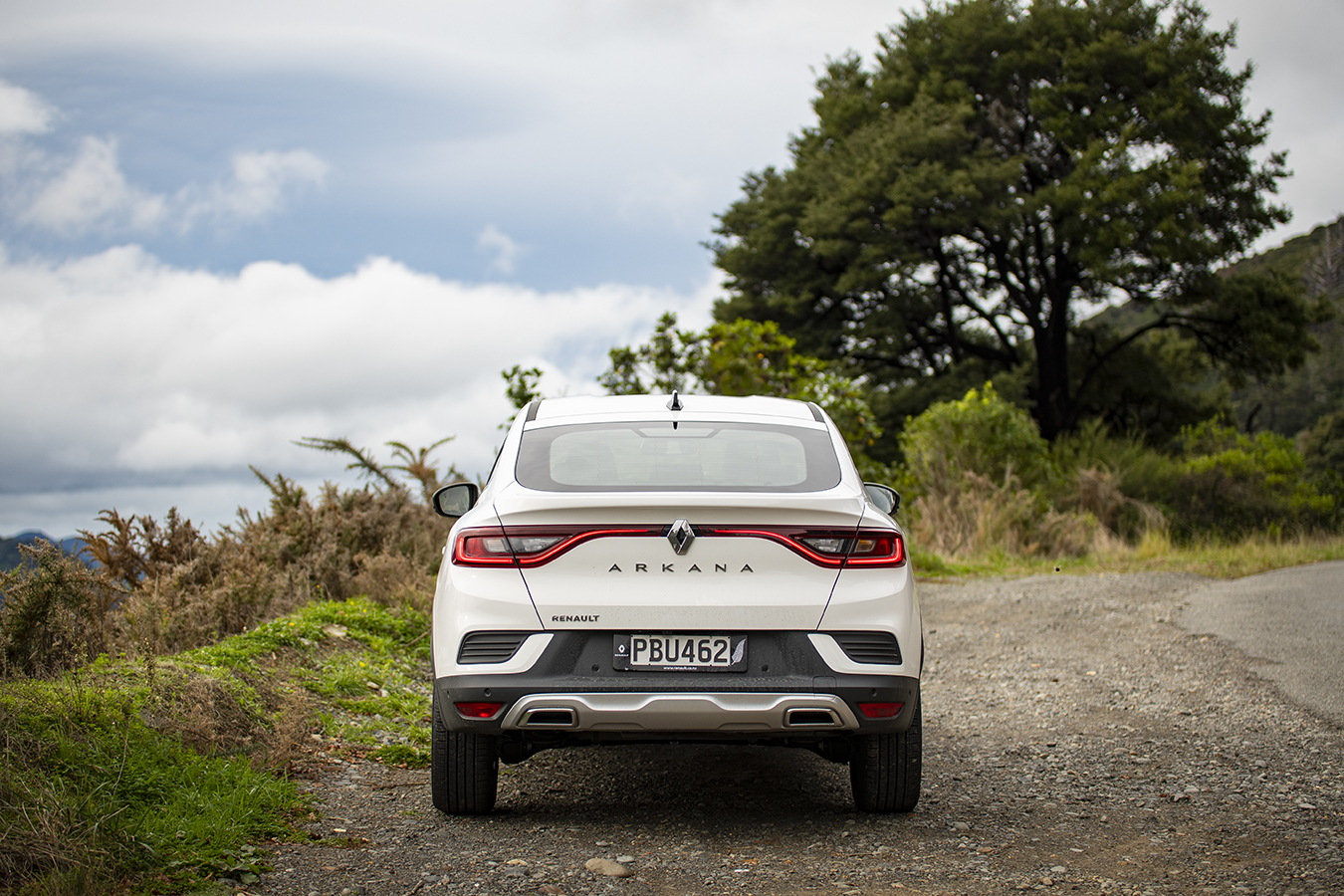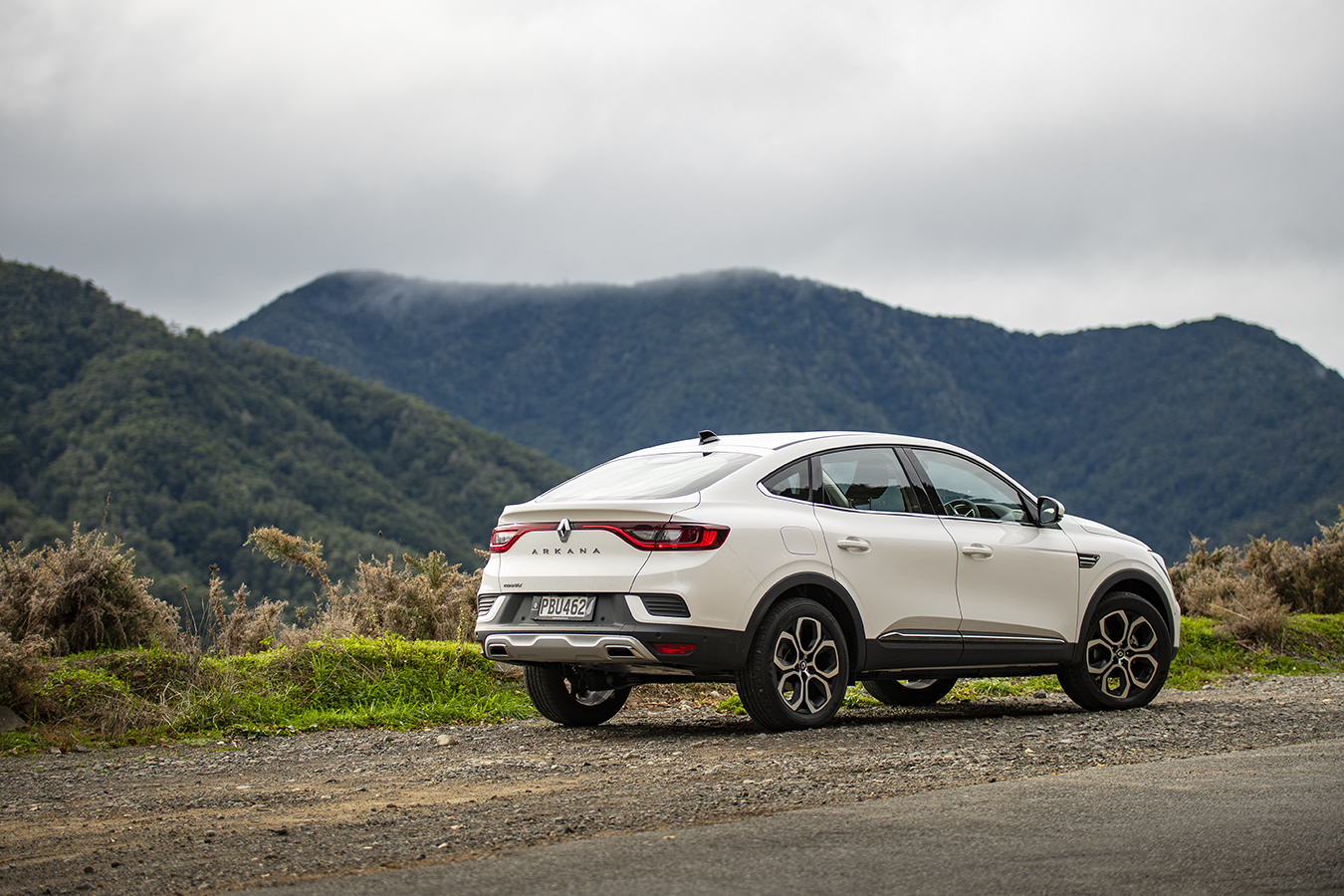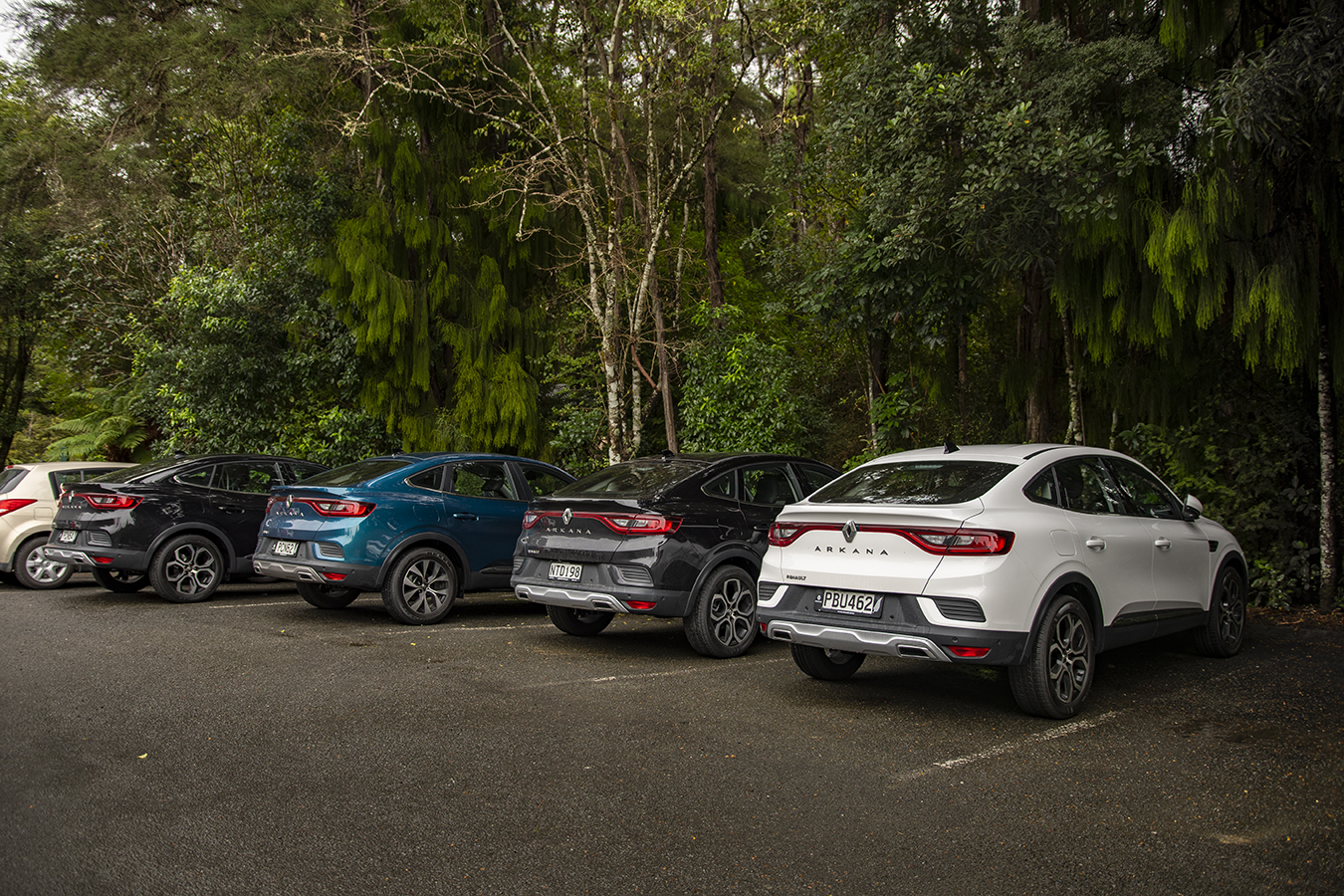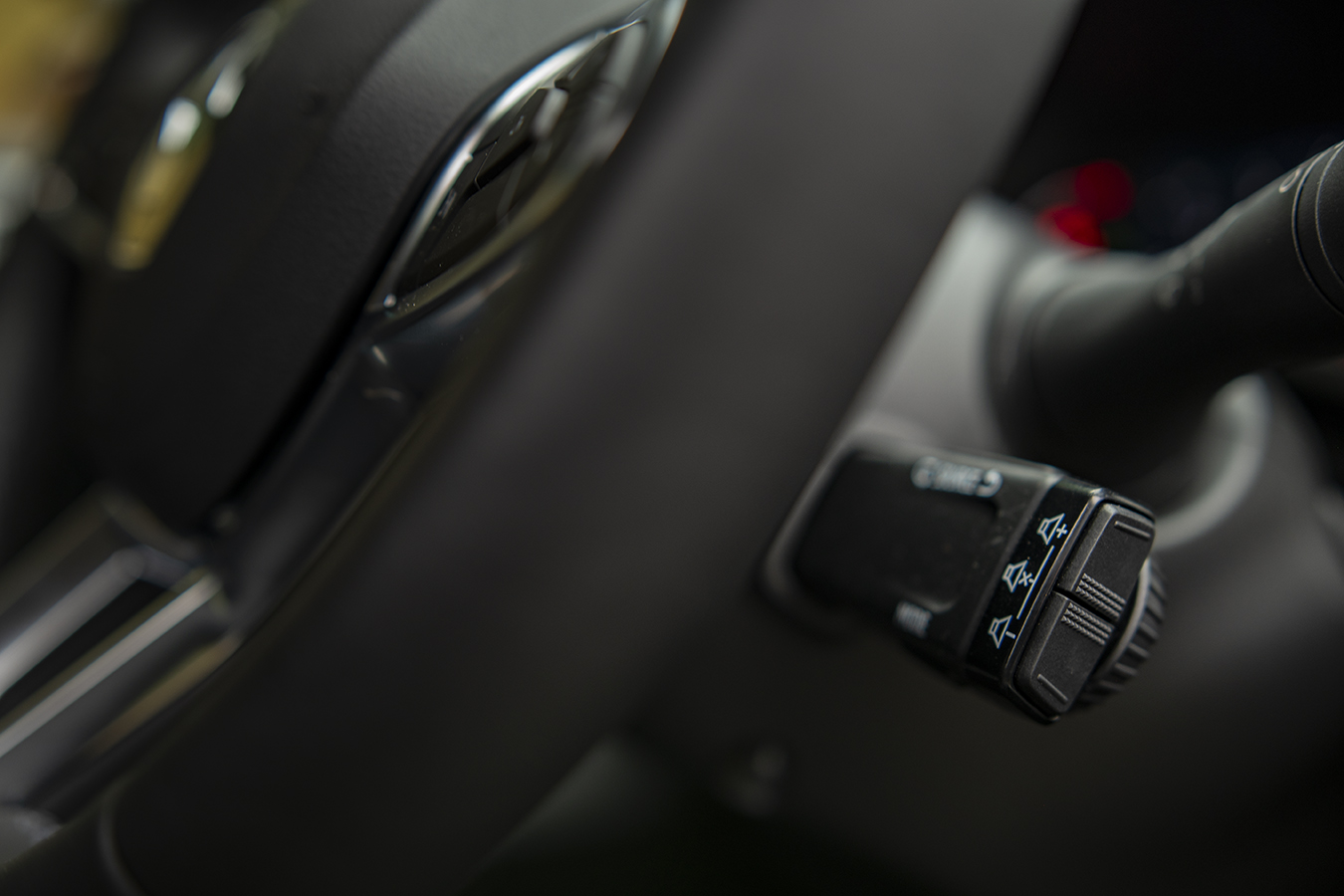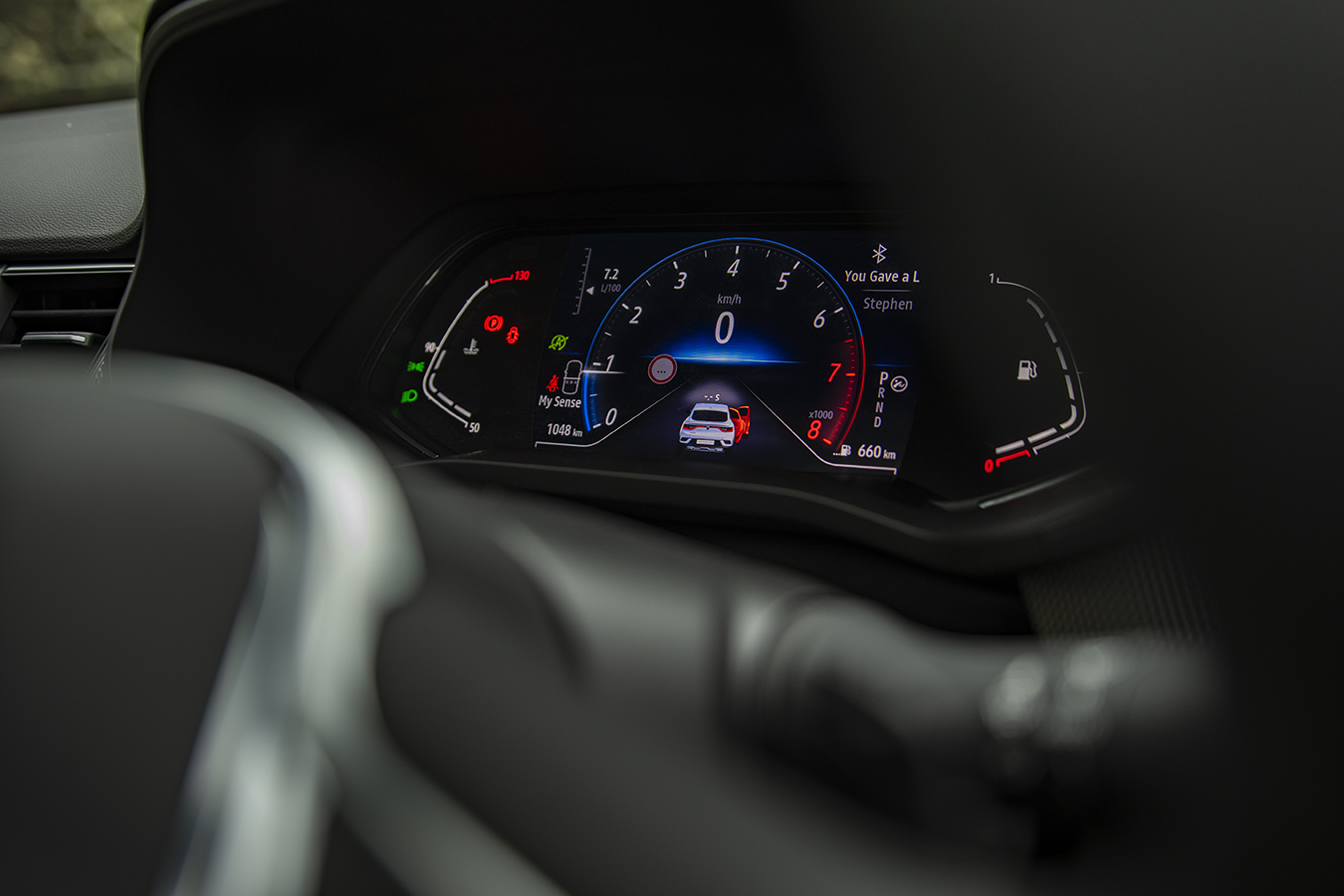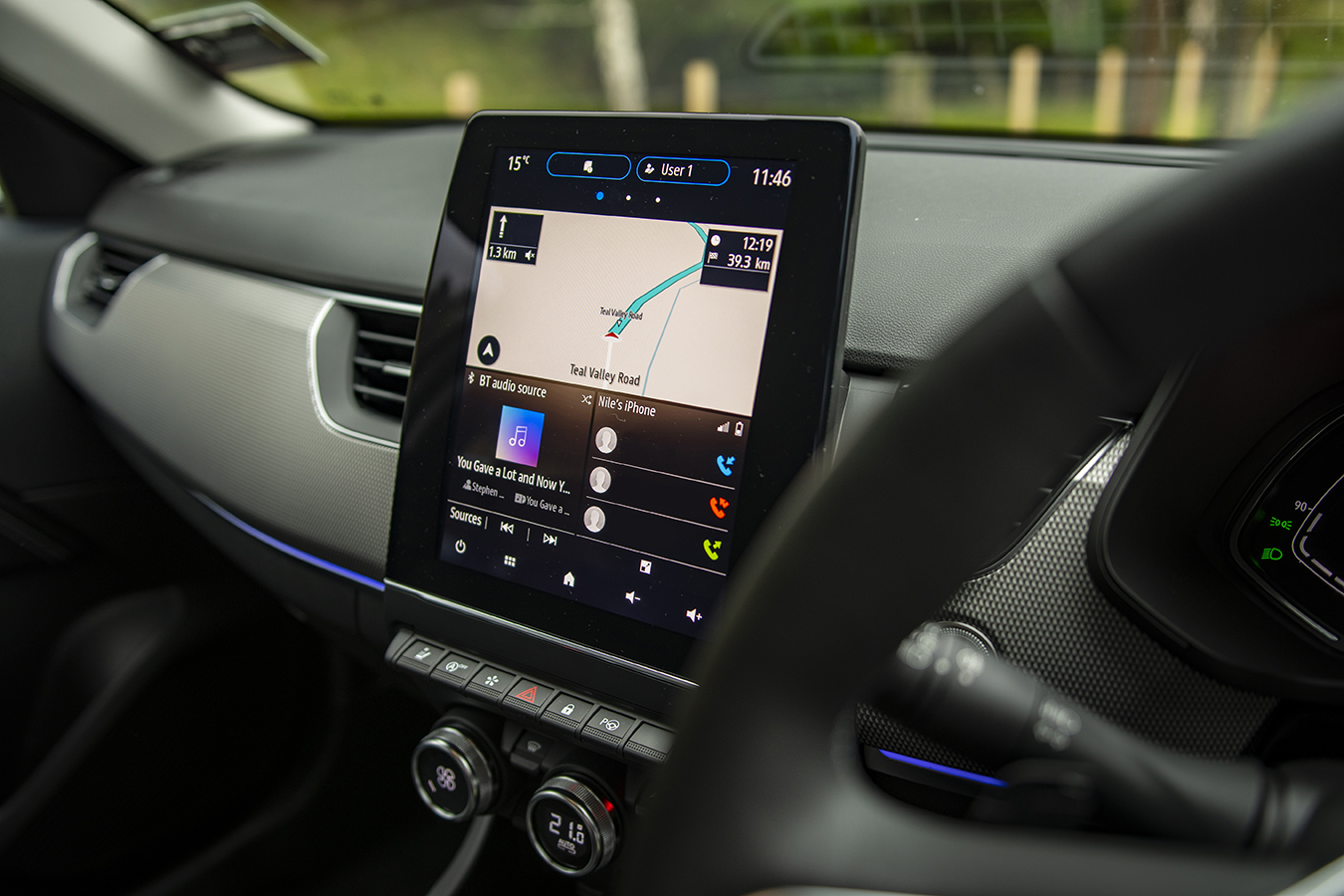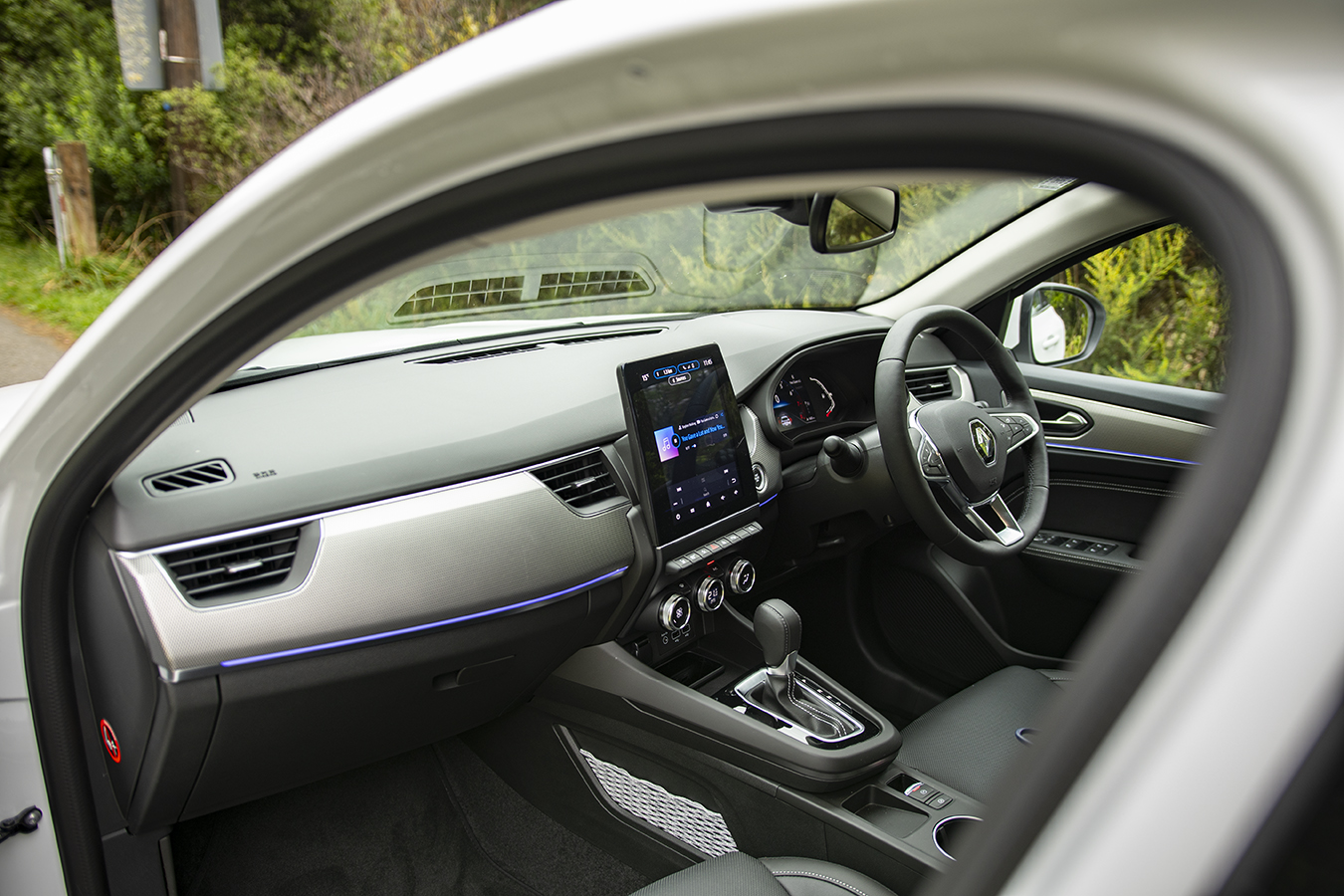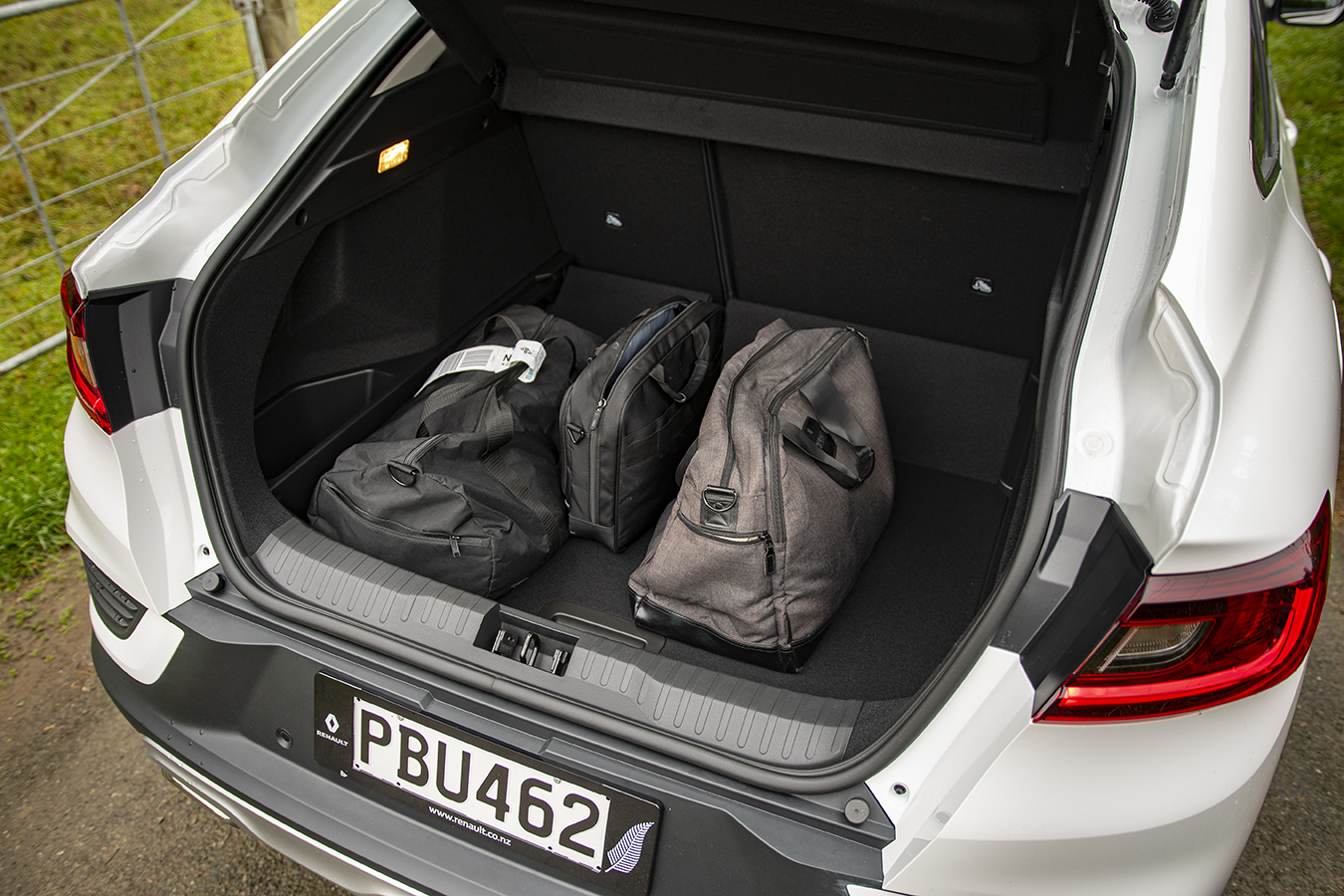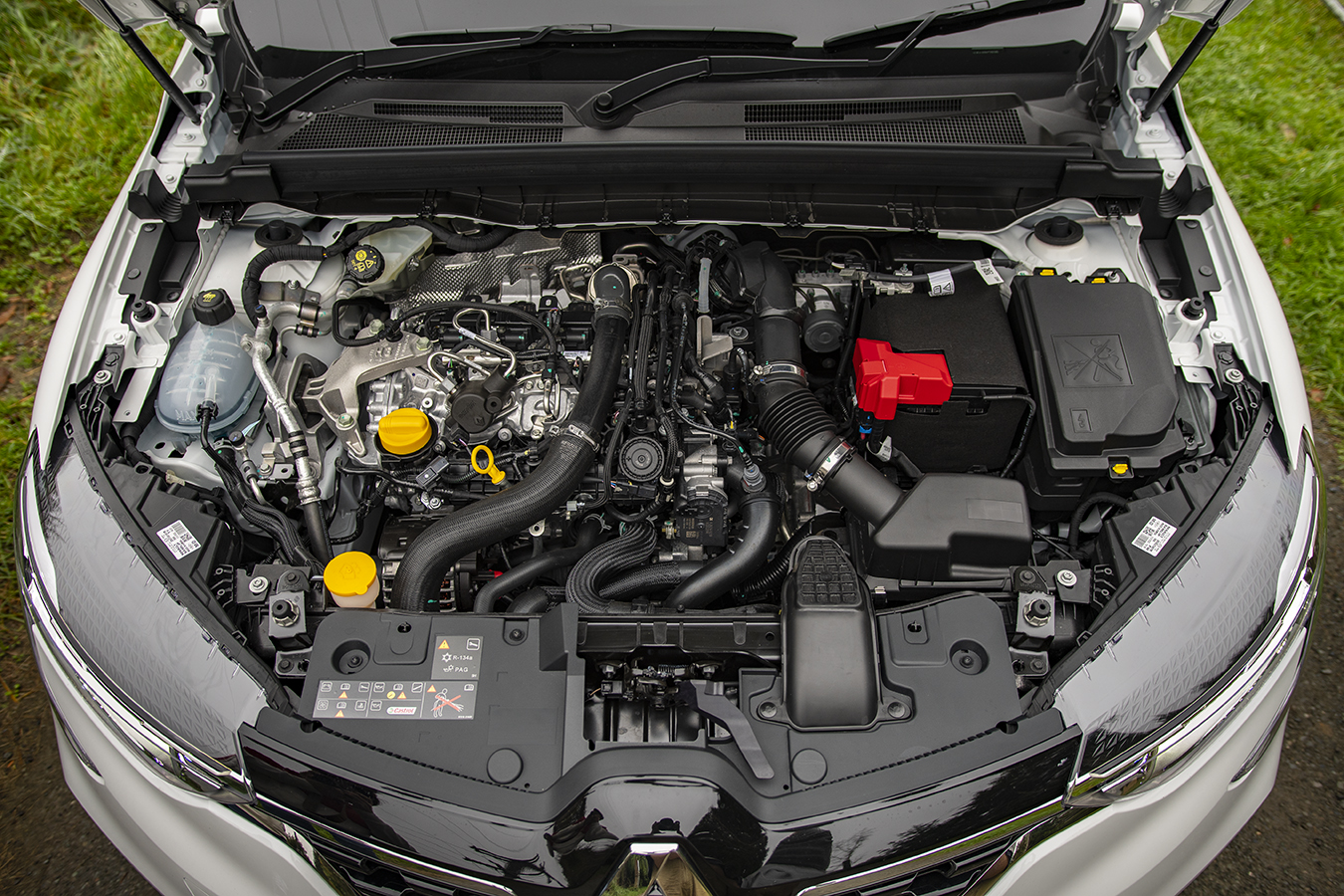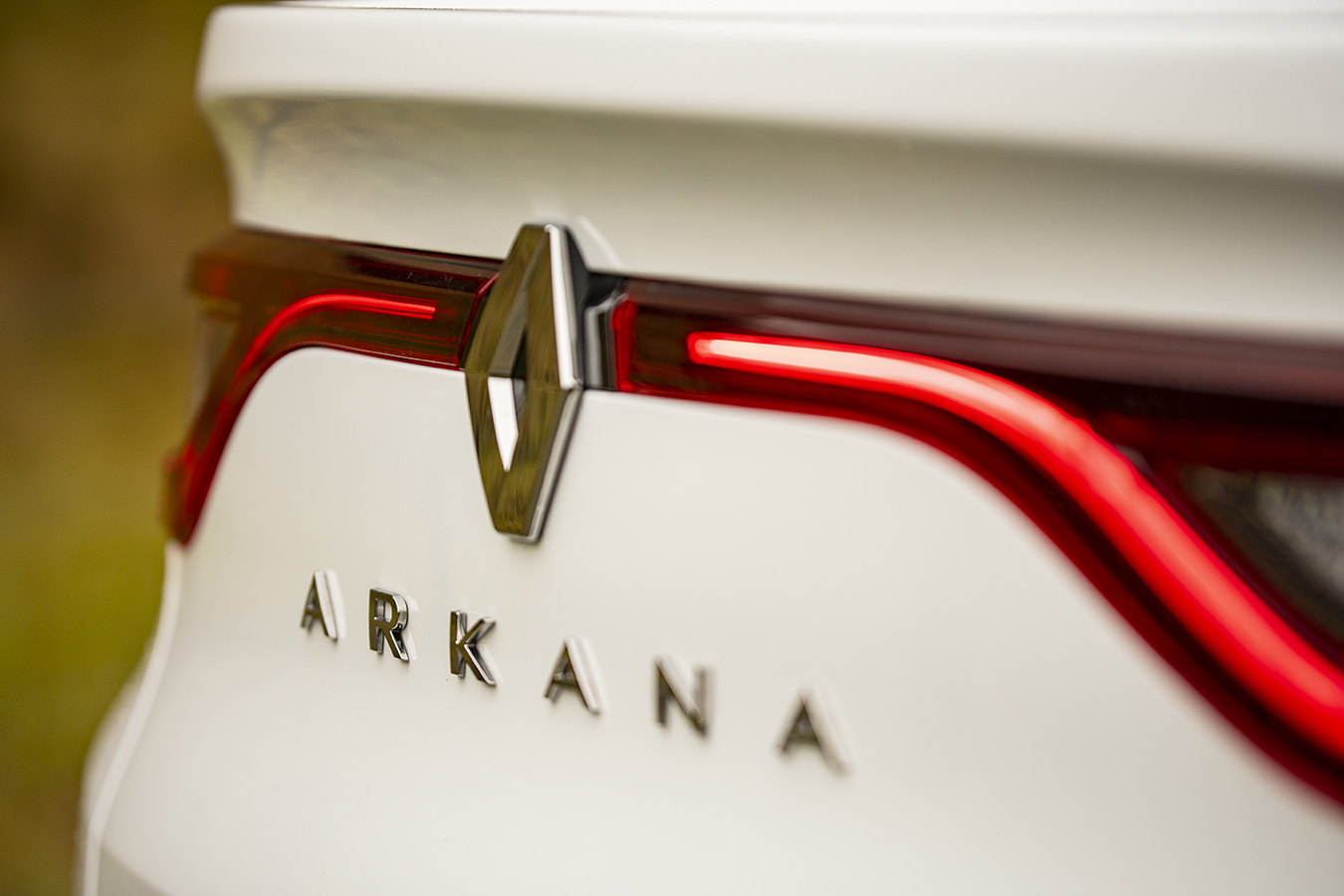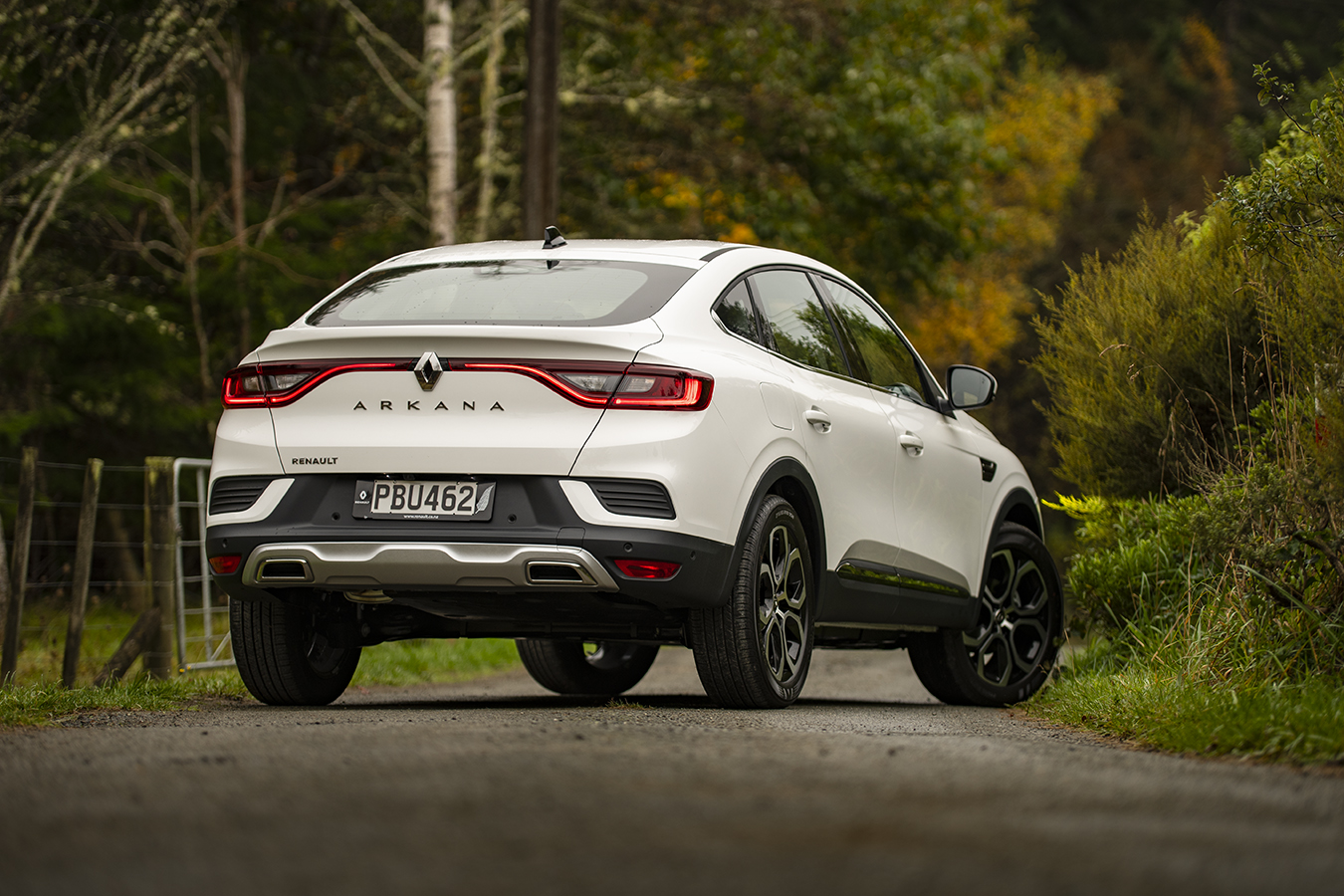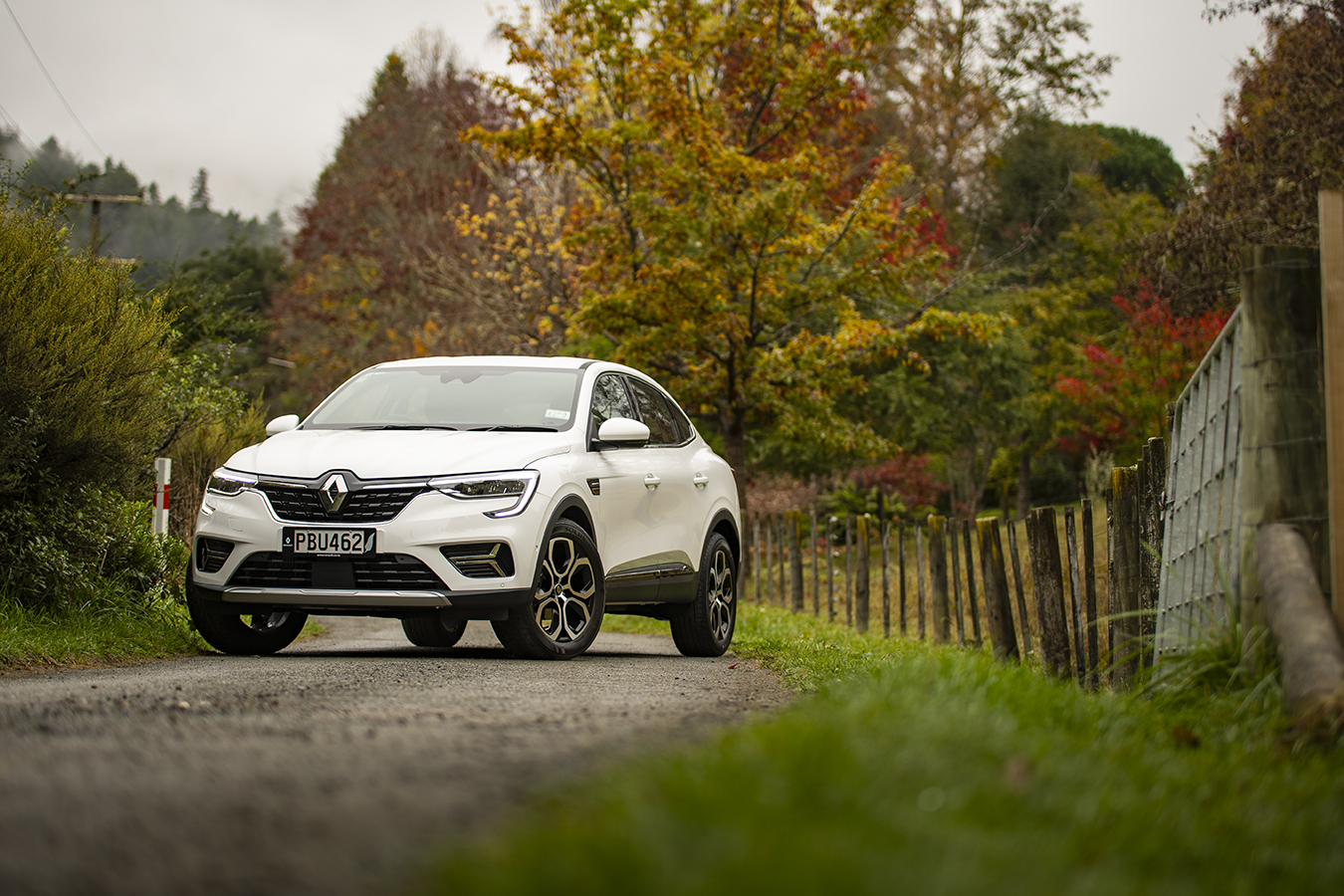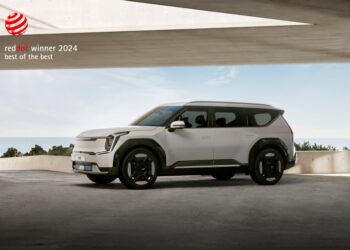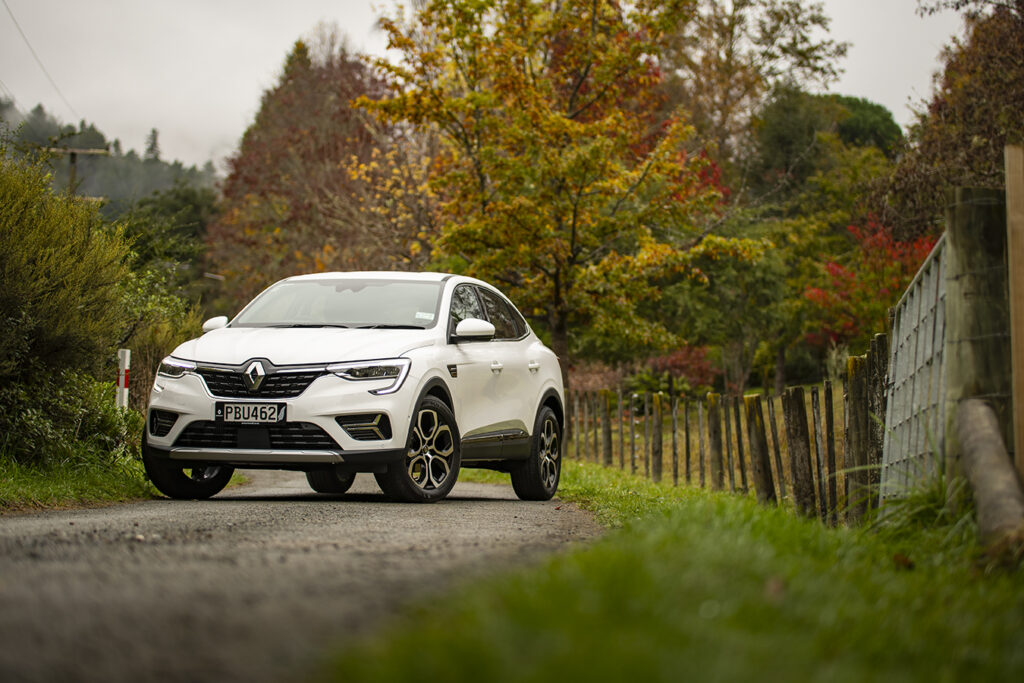
The affordable crossover market is a very busy place at the minute, with brands across the spectrum doing everything they can in an attempt to differentiate their offerings from those of their rivals. In this space, it’s rare to find any entry with any truly unique attributes. Happily for Renault, its new Arkana SUV is one such entry.
Debuting locally earlier this year, the Arkana seems fairly typical on paper. But it has one big difference to its peers; that sloping roof line.
A sloping roof line on an SUV makes little sense for core values like practicality. Yet customers can’t seem to get enough of them in the premium world occupied by the BMW X4 and X6, the Audi Q3 Sportback and e-tron Sportback, and many more.
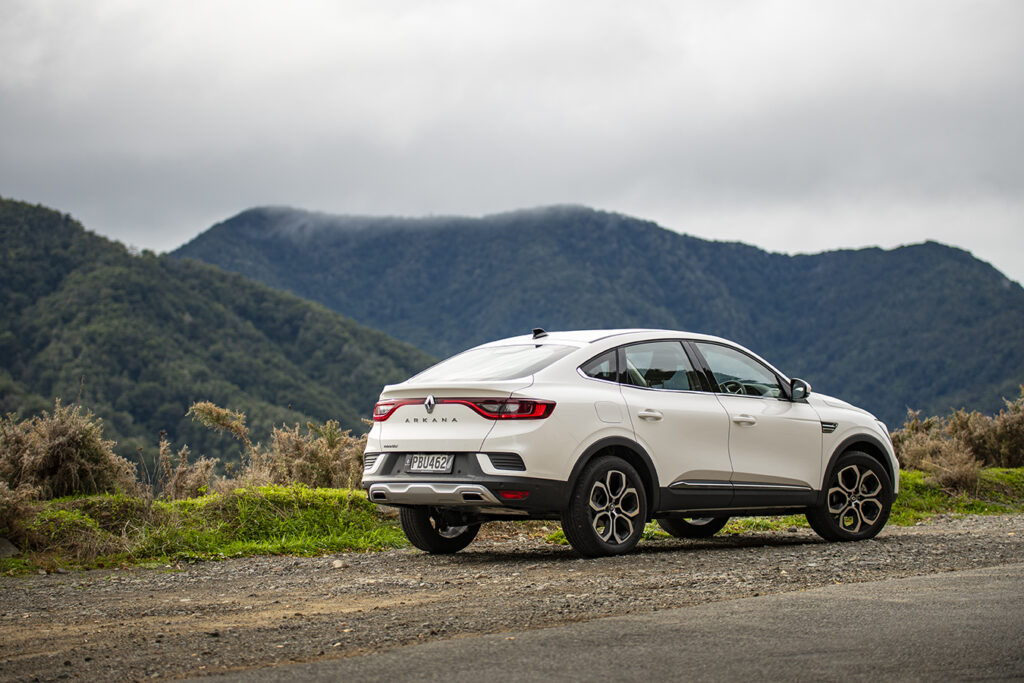
The Arkana is one of the first nameplates to bring this style of SUV to the sub-$50,000 market, making it a pioneer of sorts. With the crossover segment booming, it seems like the right vehicle at the right time. Those in the fleet world specifically hunting for style in the crossover space would be hard pressed to find something with a more unique silhouette.
At the model’s launch to local media this week, Renault New Zealand underlined that it’s in a good place at the moment. It comes off its best year yet for sales, which in turn fed into a strong opening 2022 quarter. The brand expects the Arkana to help drive this momentum further, potentially seeing it sit alongside the Koleos as the brand’s passenger vehicle bread and butter.
The range currently consists of two trim levels, the Zen and the Intens. They’re priced at $39,990 and $44,990 respectively, with neither model featuring any options barring colour choice. There’s also a racier looking RS-Line model due to land in the country later in the year, with its pricing still to be confirmed.
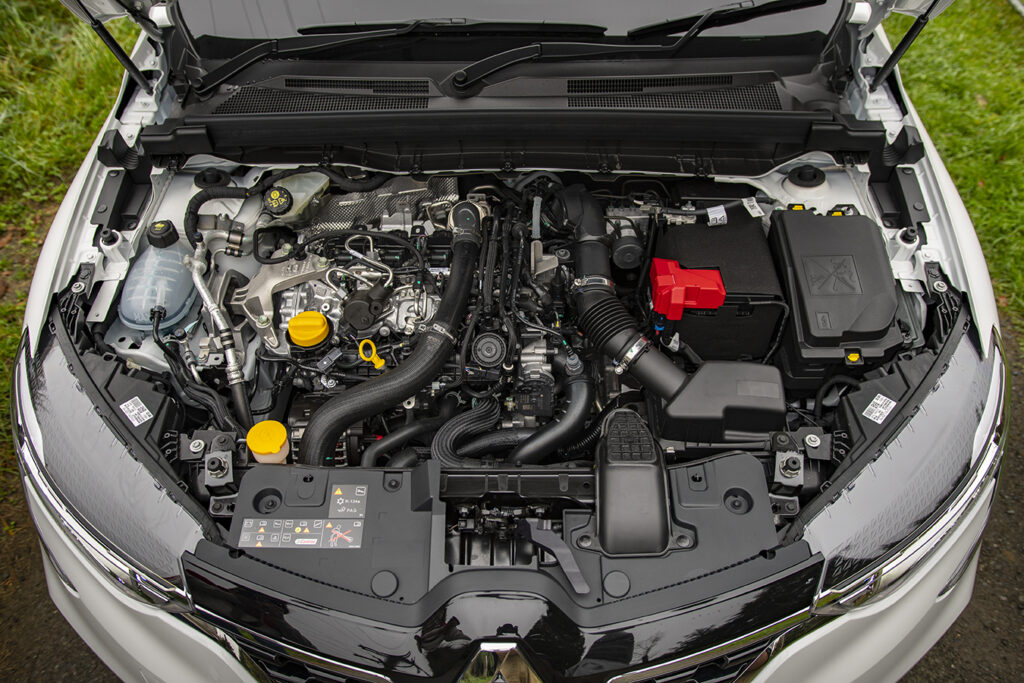
All three variants are motivated by a turbocharged 1.3-litre four-cylinder petrol engine with a mild hybrid system, producing 115kW of power and 262Nm of torque. It’s paired to a (wet) dual-clutch ‘EDC’ 7-speed transmission, with power sent to the front wheels.
The brand notes that these figures put the Arkana ahead of several of its major competitors. On paper, at least. It cited that the Arkana’s power and torque was up on that of the Mazda CX-30, Toyota C-HR, Volkswagen T-Roc, and Mitsubishi Eclipse Cross.
It also notes that the Arkana has the best claimed fuel economy figures of the five (6.7L/100km) and the best CO2 emissions (137g/km). The latter ensures the model doesn’t cop any Clean Car Discount levies. Nor any discounts, for that matter.
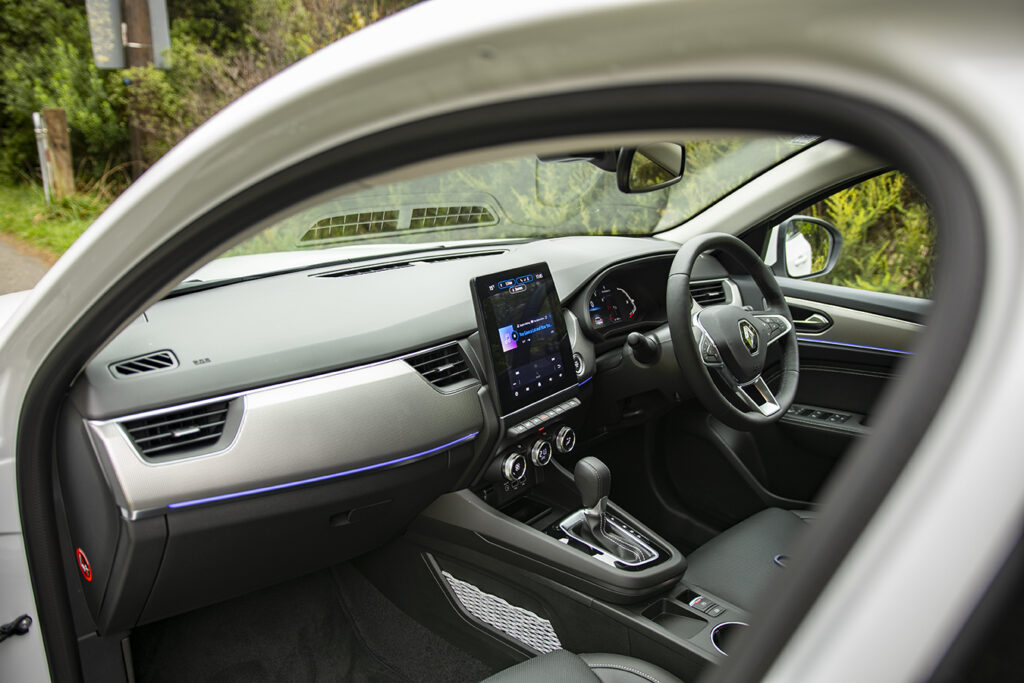
Kit is, in places, very generous. Renault keenly notes that the entry-level Zen comes with numerous premium features, including a heated steering wheel, electric parking brake, an Arkamys Classic sound system, and park assist.
The safety suite is packed too, including but not limited to traffic sign recognition, radar cruise control, autonomous emergency braking with cyclist detection, front and rear parking sensors, and even a number on the digital cluster that shows how far away you are from the car in front of you in seconds.
Even though the Zen is well equipped, Renault believes most buyers are likely to opt for the Intens. For the extra money, it includes customisable ‘Multisense’ drive modes, ambient lighting, rear cross-traffic alert, heated and cooled front seats with electric adjustment, 18-inch wheels, and leather and suede upholstery.
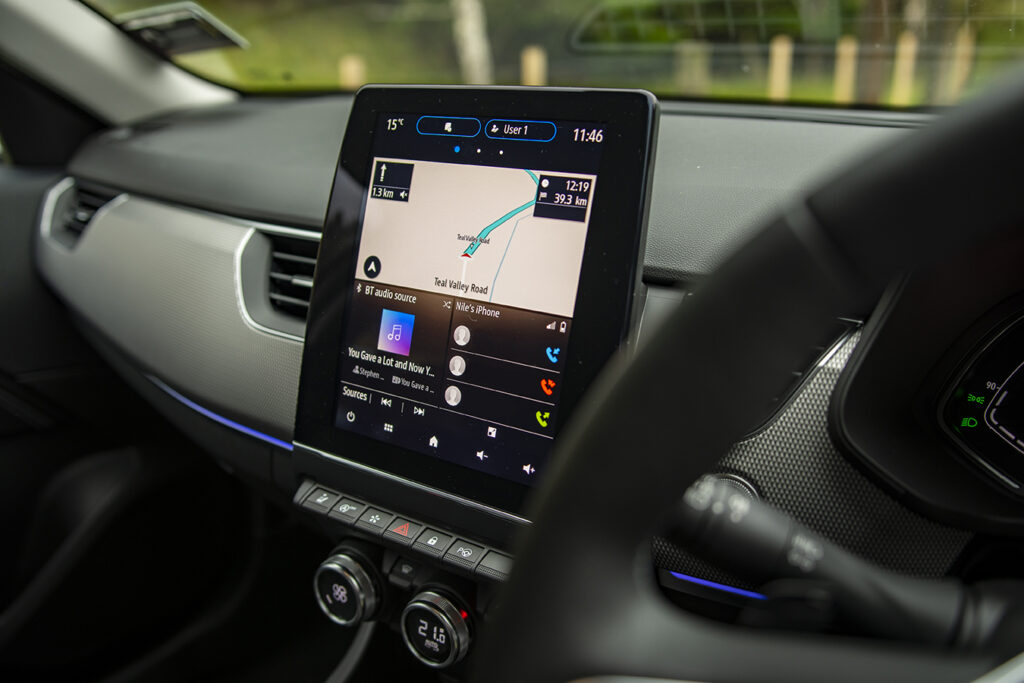
It also upgrades the size of the digital cluster and central touchscreen from a 4.2-inch TFT and 7.0-inch touchscreen to 7.0-inches and 9.3-inches respectively. The updated touchscreen gains a neat tablet orientation, too.
The Arkana brings a lot of good elements to the table, and in practice they all come together quite effectively. The launch event saw us drive the Arkana from Nelson to Marlborough, through a selection of small towns connected by tight, twisty mountainside roads.
It’s a surprising corner performer, the Arkana. It’s platform (shared with the Nissan Juke) is balanced and predictable in the handling stakes, rotating nicely and keeping composed even when thrown the challenge of additional lock on increasing-radius corners. As in other applications the EDC works well, too, switching gears obediently for the most part. Its damping errs on the firm side, but doesn’t feel out of place in the segment.
The powertrain is a mixed bag, particularly when it comes to performance. The 1.3 can feel strained when pushed, and isn’t aided by the Arkana’s delayed throttle response. It’s much more at home for general commuting duties, where it’s more refined and subtle.
It might be a surprise, but the best thing about the Arkana could be its spaciousness. Space is a typical Renault strength, but it’s perhaps not so expected in a car with a sloping roof line; a trait that often has a practicality cost.
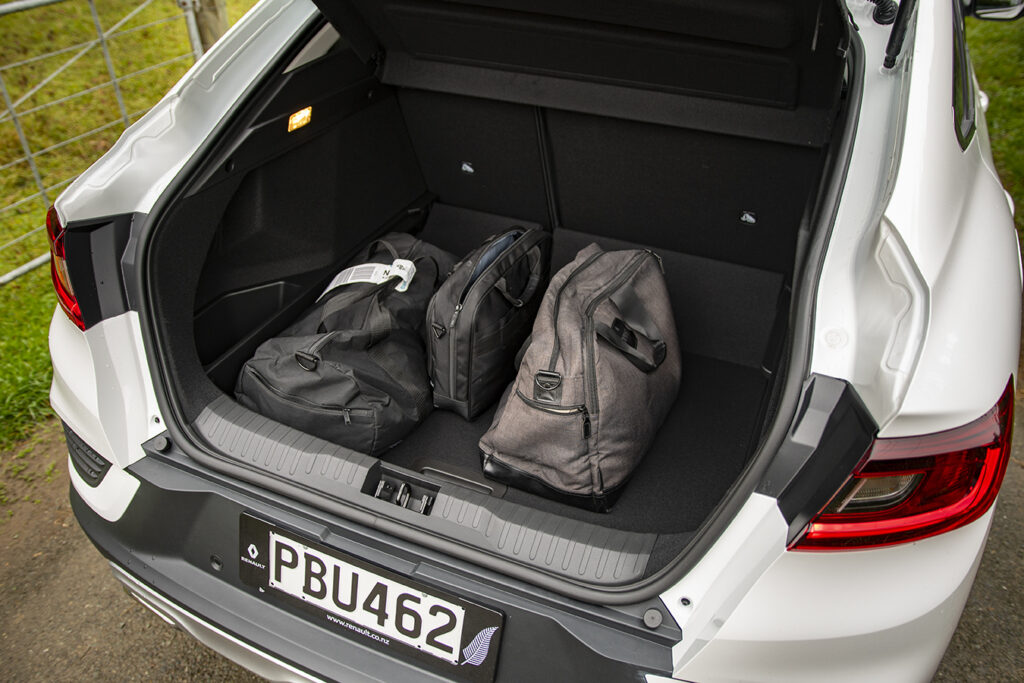
Its 485L of boot space is more than commendable, and in the flesh is very commodious. Renault proudly notes the model smashes the aforementioned CX-30, C-HR, T-Roc, and Eclipse for boot space. Space in the rear is solid too, with headroom not being compromised by the sleek roof and legroom being vast thanks to the Arkana’s lengthy 2720mm wheelbase.
Fold the back seats flat and you get 1268L of storage volume. The cabin’s various nooks and crannies add an additional 26.2L of cargo room. And apparently the glovebox is so deep that you have to reach in all the way down to your elbow in order to get to the bottom.
The Arkana is not only an interesting case study in vehicle styling, but also a lesson in effective packaging. Rest assured that other carmakers in the shallow end of the SUV market will be watching how this model fares with interest.
